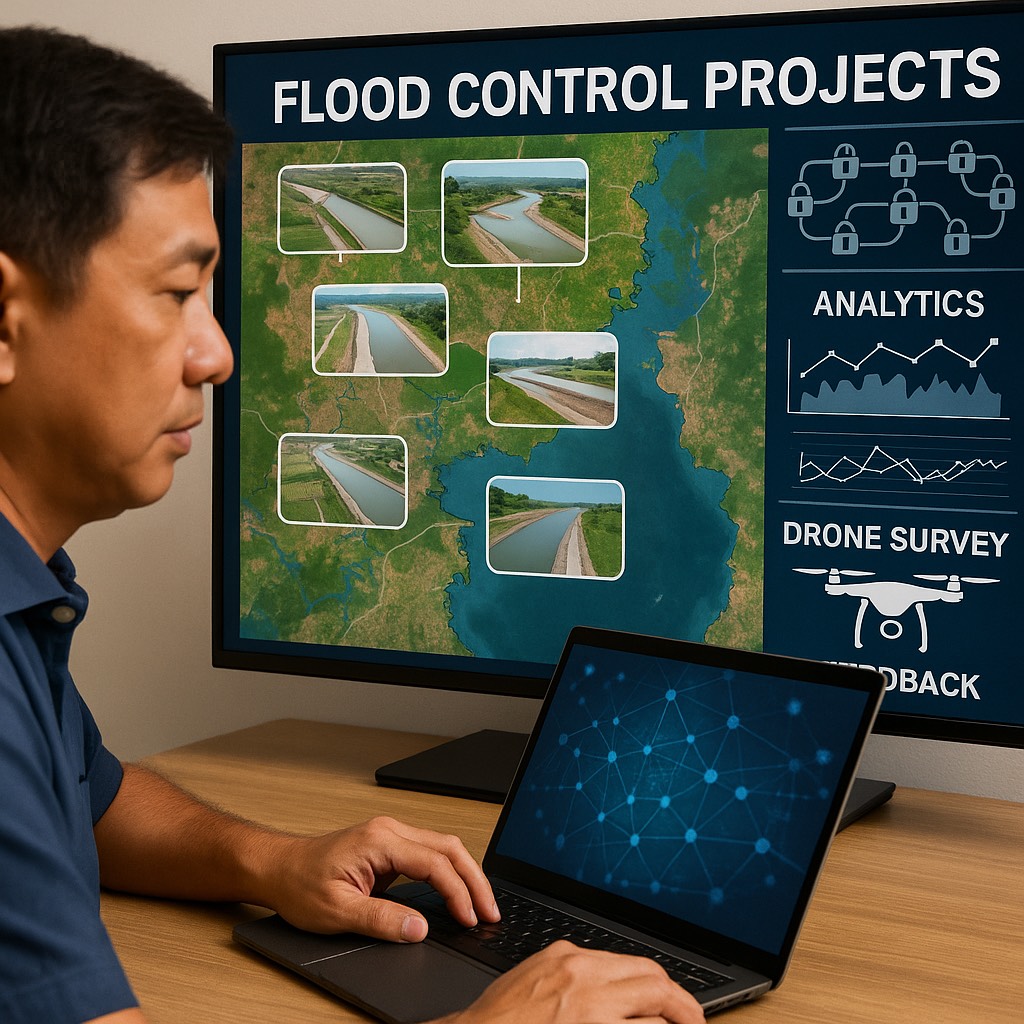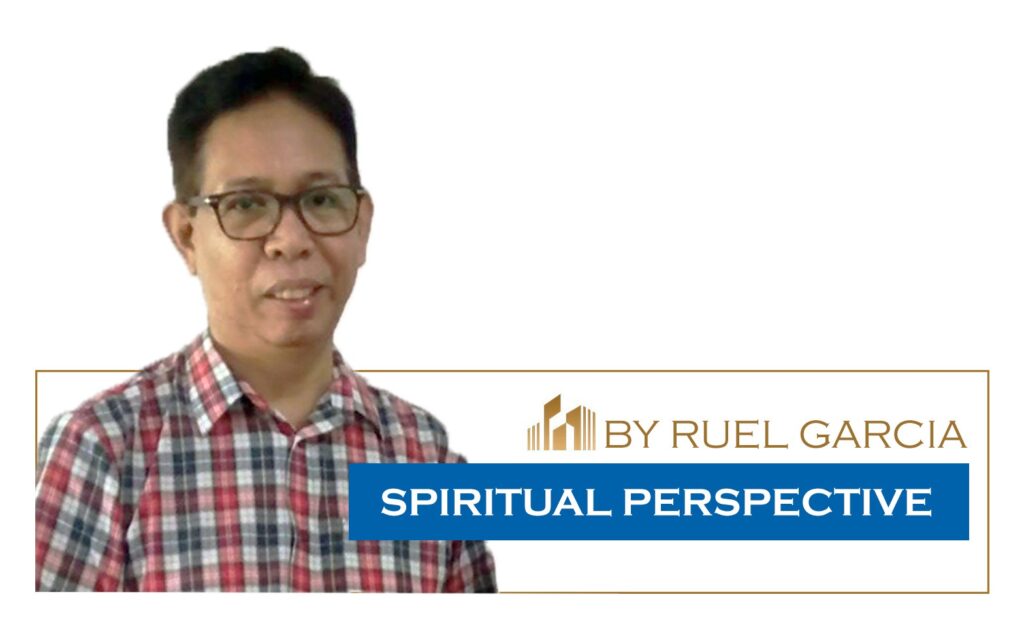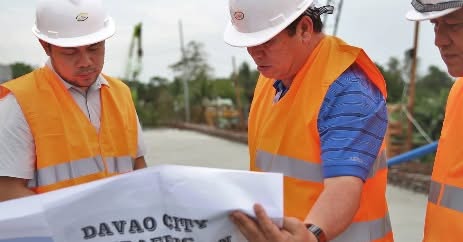We are at a crossroads as the country hosts the Asia-Pacific Ministerial Conference on Disaster Risk Reduction (APMCDRR) from October 14 to 18, 2024, at the Philippine International Convention Center in Manila. This significant event, organized in partnership with the United Nations Office for Disaster Risk Reduction (UNDRR), is not just a platform for dialogue; it is a crucial opportunity for introspection and action in a nation that has long been in the eye of the storm—literally and metaphorically.
The Philippines, an archipelago of over 7,000 islands, is no stranger to natural disasters. Typhoons, earthquakes, and volcanic eruptions have shaped the landscape and the lives of its people for centuries. Despite the wealth of experience and the undeniable resilience communities show in the face of adversity, the nation continues to struggle with a disheartening reality: a persistent lack of systemic resilience and inadequate response mechanisms.
At the heart of this paradox lies a pressing question: why, despite our extensive experience with disasters, do we remain vulnerable and poorly equipped to handle them effectively? The answer is multifaceted, rooted in a complex interplay of socio-economic factors, governance issues, and historical contexts.
The Philippines ranks among the most disaster-prone countries in the world, a status that has been both a curse and an impetus for growth. Communities have developed informal networks of support and resilience through years of experience in disaster response. However, these grassroots efforts often operate in isolation, lacking the necessary backing from national policies and structured frameworks that align with international standards like the Sendai Framework for Disaster Risk Reduction 2015-2030.
The Sendai Framework presents a comprehensive approach to disaster risk reduction, aiming to substantially reduce disaster risk and losses. Yet, as we prepare for the APMCDRR, it is necessary to assess why implementation at the local and national levels often falters. The reality is that despite our experiences, institutional frameworks are often inadequate, underfunded, and disconnected from the grassroots realities faced by communities.
Governance plays a significant role in disaster resilience. The Philippines has experienced its fair share of leadership challenges, characterized by political instability, corruption, and inefficiency. These systemic issues impede efforts to create a cohesive and effective disaster response strategy. The APMCDRR offers a chance to scrutinize these governance failures and to advocate for a renewed commitment to transparency, accountability, and community engagement in disaster risk management.
Resilience should not merely be a response mechanism; it must become a culture ingrained in our society. Education is a powerful tool that can transform how communities perceive and prepare for disasters. Integrating disaster risk education into school curricula can empower future generations to take proactive measures, fostering a culture of preparedness from a young age.
Furthermore, investments in technology and infrastructure are essential. The digital age offers innovative solutions for disaster prediction, response, and recovery. However, these technologies must be accessible to all communities, particularly those in remote areas. The APMCDRR should emphasize the importance of inclusive technological advancement in disaster risk reduction strategies.
The ongoing conference represents not just a gathering of ministers and policymakers but an opportunity for collective action. It is a chance to share our stories, our struggles, and our successes. It is a moment to hold ourselves accountable—not just to international standards but to our people, who have borne the brunt of disasters for far too long.
We must acknowledge our shortcomings and commit to actionable change. The APMCDRR should catalyze a paradigm shift—from mere survival in the face of calamity to thriving through resilience. It is time to transform our experiences into a robust framework for action, ensuring that our future generations inherit not just the scars of disaster, but the strength of a resilient nation ready to face whatever comes next.




